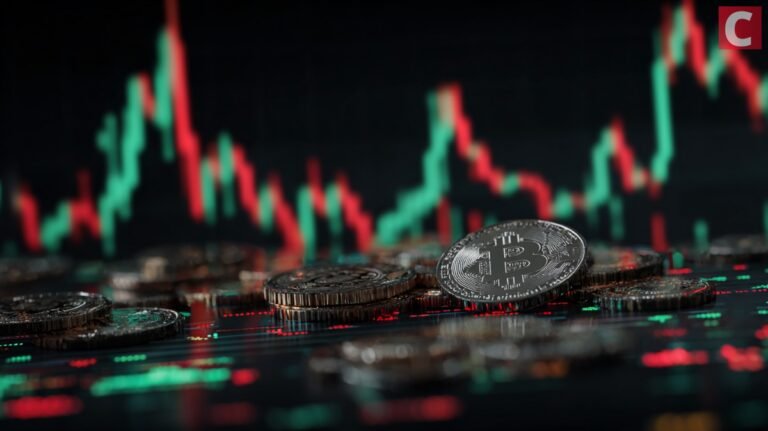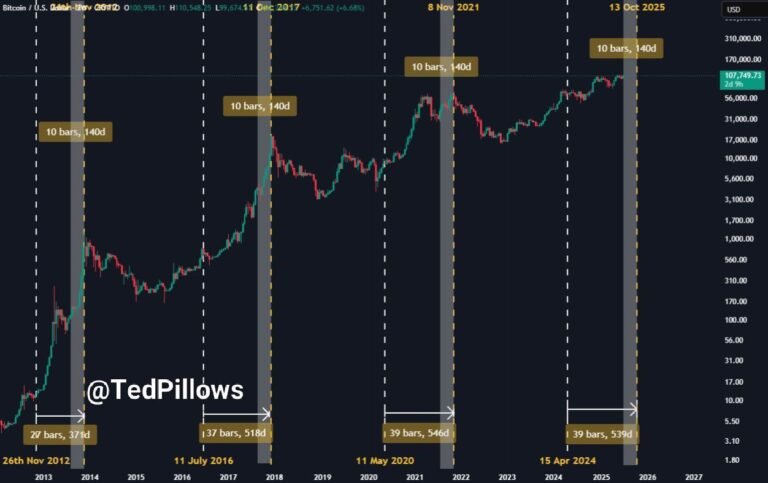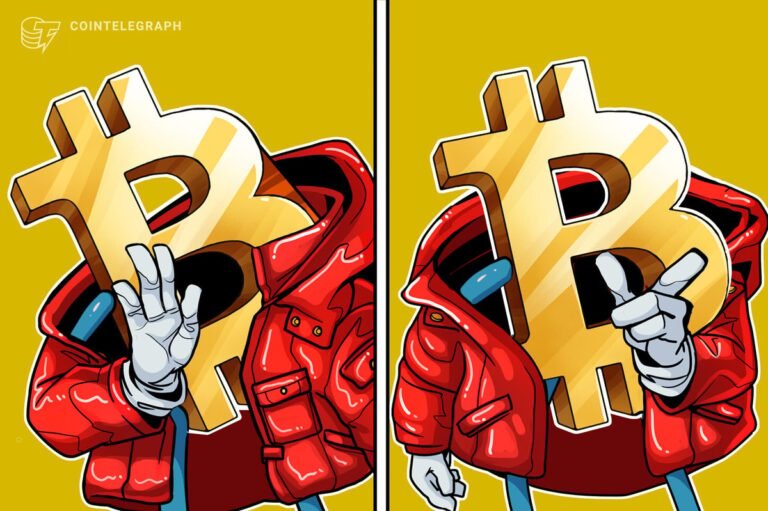
Unlock the Editor’s Digest for free
Roula Khalaf, Editor of the FT, selects her favourite stories in this weekly newsletter.
The writer is the author of ‘Chip War’
The US government will be “taking a look at Semiconductors and the WHOLE ELECTRONICS SUPPLY CHAIN”, President Donald Trump recently declared. Given his repeated promises to impose a tariff on imported chips, we must assume some action is coming. But what type, and to what end?
According to trade data, the US imports around $30bn in chips annually, largely from south-east Asia. Would tariffs lead companies to replace these imports with domestically made chips? Not necessarily. The US has hardly any of the labour-intensive assembly and packaging capabilities that have been offshored to Asia since the 1960s.
For that reason, if the US does impose a tariff on semiconductors, there is a chance that companies will respond by doing even more manufacturing offshore to offset the increased costs. Instead of importing chips and putting them into domestically manufactured appliances or cars, suppliers might move the entire process overseas. These finished products would still face a tariff, but at least the manufacturing would be low-cost.
Most chips already enter the US as parts of other devices. To capture this trade, Washington is considering a more dramatic measure, imposing so-called component tariffs on semiconductors. This means adding up the value of foreign-made chips inside a device and imposing a tariff based on that.
Such an approach fits the multinational nature of modern supply chains. An iPhone might be assembled in China, but most of the key components are from elsewhere. There is a precedent here in watches, where the tariff rate is calculated based on components like batteries and wrist-straps.
The Biden administration previously considered imposing component tariffs on Chinese chips, before backing off, worried about the complexity. Yet imposing component tariffs on chips from China — which produces less than 3 per cent of chips in US supply chains — is far easier than imposing tariffs on all foreign chips.
There is simply no replacement for the quantity and quality of chips currently produced in Taiwan and South Korea. It takes years to build new chip fabs. A component tariff regime on all foreign-made chips would therefore function as a major tax increase on electronics.
All this raises the question: what problems would semiconductor tariffs be trying to solve?
There is, for example, broad support for restricting use of Chinese semiconductors in the US. Imposing a component tariff on Chinese chips would accomplish this goal at limited cost. Yet the Trump administration’s ambitions are broader than restructuring trade only with China.
How about reshoring manufacturing? Imposing component tariffs on made-in-Taiwan chips would certainly provide an incentive for leading chipmaker TSMC to continue its US manufacturing investments. But building chip plants takes time. And unless tariffs are phased in over years, the additional cost they will add to goods sold in the US could help push the country’s already wobbly economy into recession.
Moreover, Trump’s mix of threats and dealmaking have already induced chip companies to redouble their own diversification efforts. TSMC now says it aims to produce 30 per cent of its cutting-edge 2nm chips in Arizona when all of its new fabs are complete.
Some administration officials aspire towards an even broader goal: self-sufficiency. But reversing all the efficiencies of globalisation would come at a dramatic cost and involve deep contradictions. Certain critical pieces of chipmaking equipment are produced by a single company in Japan or the Netherlands. Adding tariffs to these — as the administration’s investigation is considering — would make it more expensive to manufacture chips domestically and undermine US competitiveness. Major US chipmakers would be among the victims of a broad-based chip tariff.
This is why the administration should focus on China’s chip subsidies, which are uniquely large and distortionary. Other major chipmakers, like Japan, South Korea, Taiwan and Europe, have similar policies to the US. One result of the investigation could be a sectoral deal with these countries on chips and AI — for example, committing participants to eliminate non-trade barriers and continue building diversified supply chains.
Widespread tariffs will not achieve this. America’s most successful companies rely heavily on chips. Their AI aspirations will require even more computing power. Self-sufficiency is only achievable at staggering cost. Better to build a global chip industry that can produce semiconductors not only reliably, but also efficiently.





